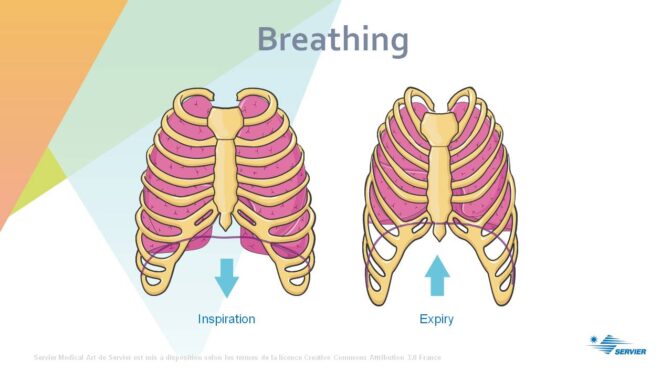A course of survival for interns and last year medical students. Chapter Four: A List of Important Clinical Entities
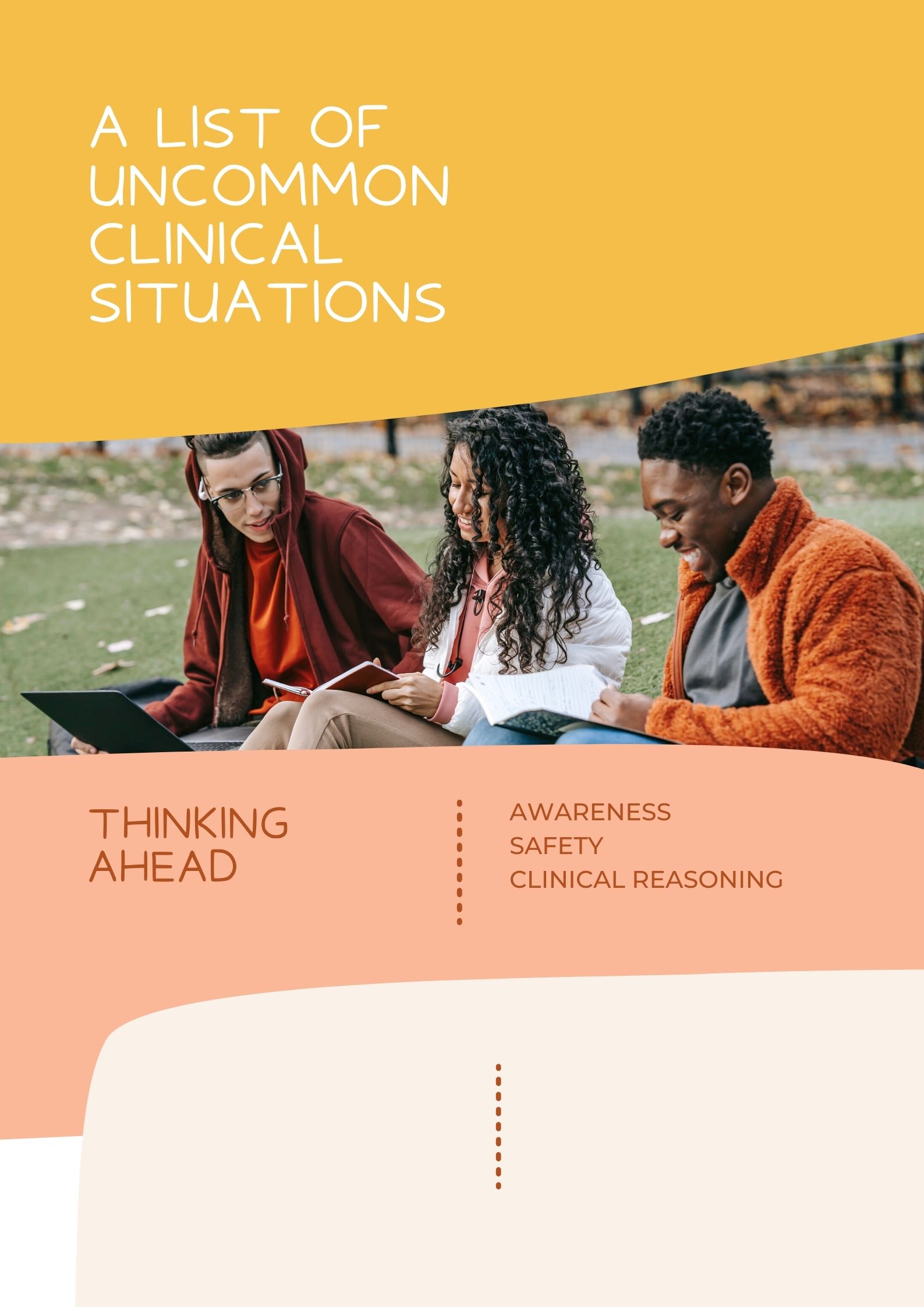
A course of survival for interns and last year medical students. Chapter Four: A List of Important Clinical Entities
Every doctor has his or her own list of clinical situations or diseases that are always in their minds, trying to answer quickly and effective in a patient with signs or symptoms compatible with them. Usually, they are important clinical entities located in uncommon places in the body or with a very low prevalence.
Here, I will expose a “personal” list of some pathological pictures which may be interesting to remember, especially by young doctors.
HEAD&NECK
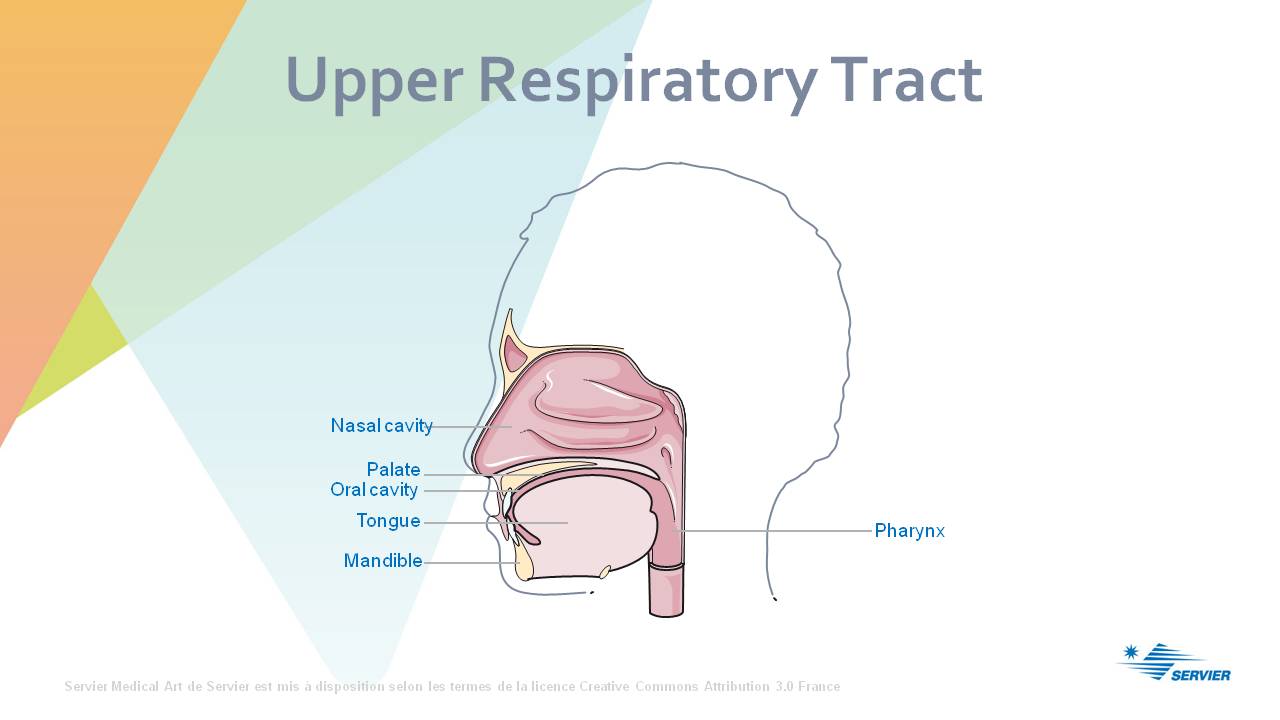
- Intracranial Venous Thrombosis
2. Hypophysitys
3. Vertigo as a cerebrovascular problem
4. Glaucoma
5. Cavum
6. Lethal midline granuloma
7. Hydrocephalus
8. Encephalitis
9. Lymphadenopathy
10. Temporal arteritis
11. Parotid mass
12. Thyroid nodule
13. Jugular thrombosis
13. Submandibular and lingual infection
THORAX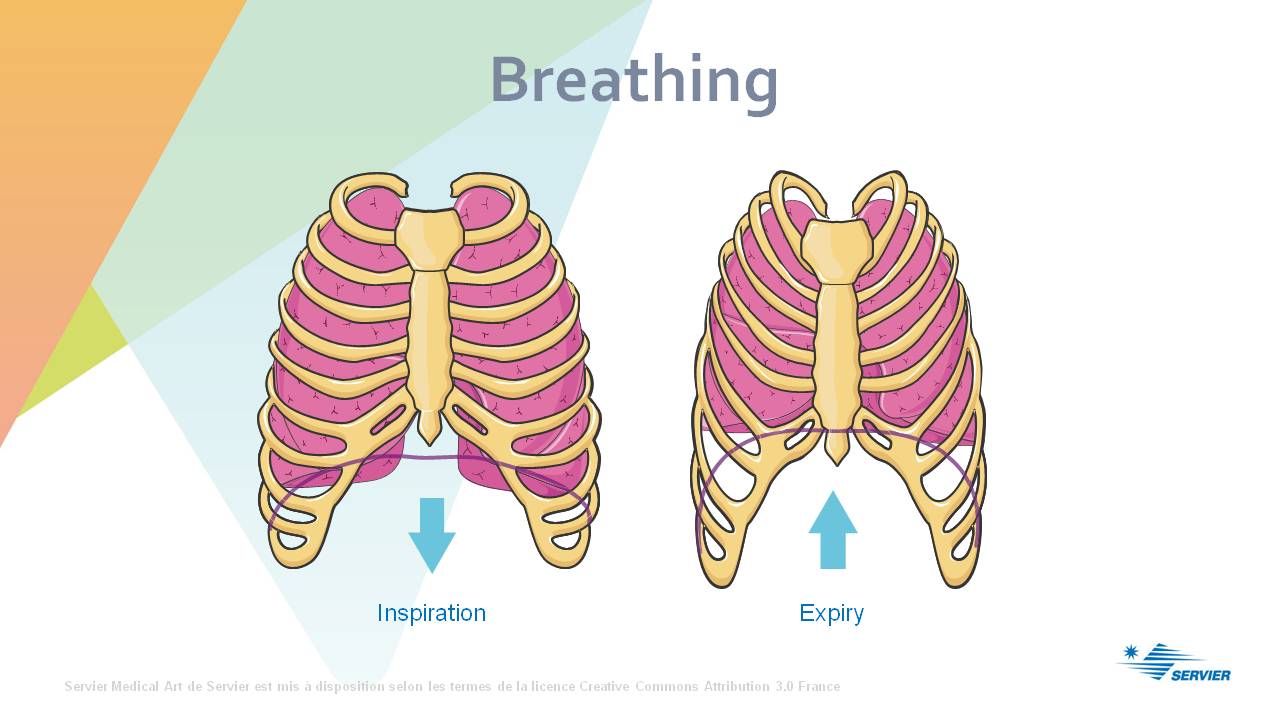
Intercostal muscle weakness
Tracheomalacia
- Tracheal estenosis
- Bronchial foreign body
- Retrosternal lump
- Cutaneous herpes
- Thoracic spinal cord compression
- Diafragmatic myocardial infarction
ABDOMEN
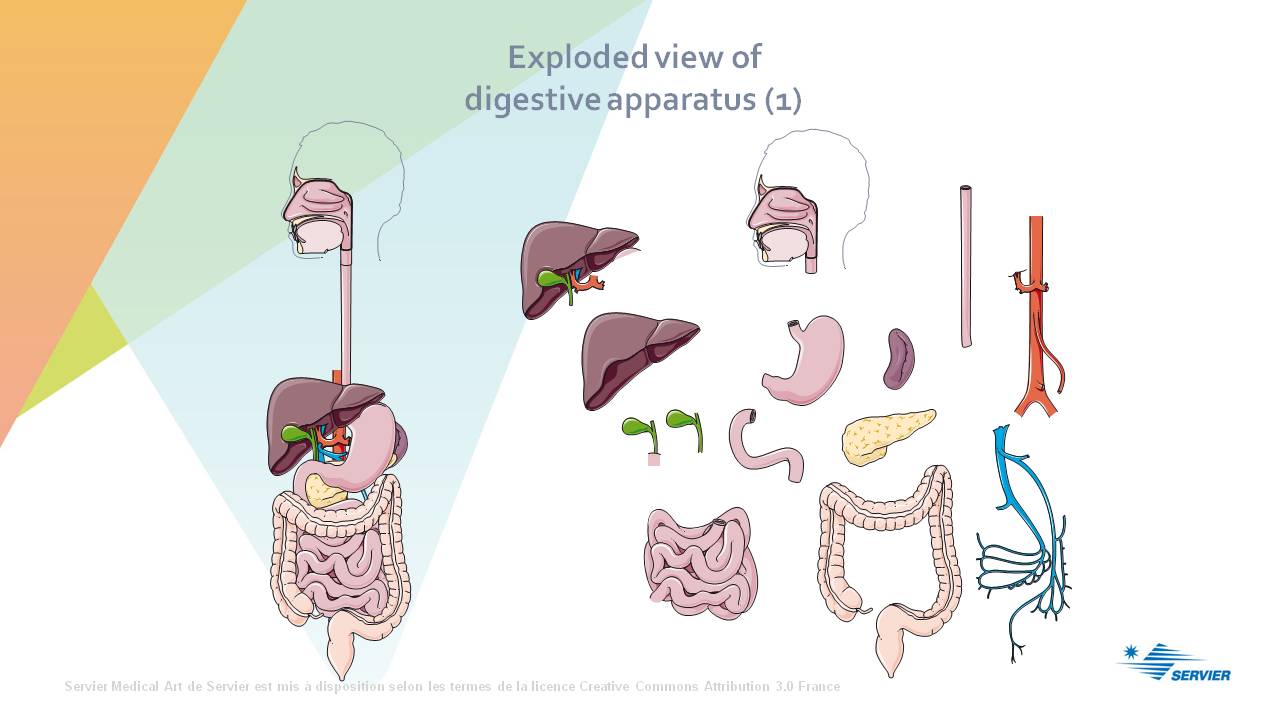
- Abdominal wall hernia
- Urinary bladder retention
- Subpulmonar effusion
- Cholecystitis
- Retrocecal appendicitis
- Endometriosis
- Retroperitoneal bleeding
- Ureteral compression
- Ectopic pregnancy
- Perineal infection (Fournier)
- Celiac disease
- Abdominal pain and porphyria
- Anal fistula
- Diverticulitis
EXTREMITIES

- Deep Venous Thrombosis
- Melanoma (nails and plants)
- Paresis or paralysis (spinal cord compression)
- Myxedema
Author: Dr. Lorenzo Alonso, MD.
FORO OSLER

